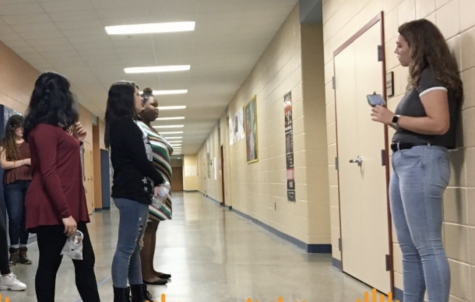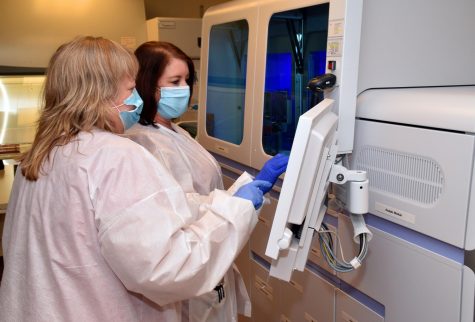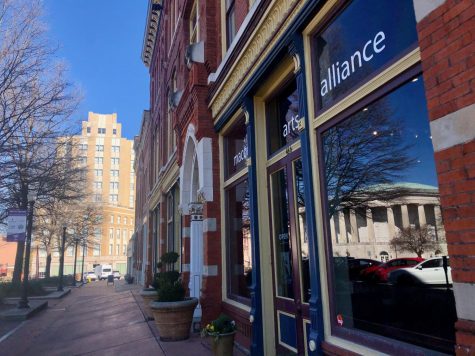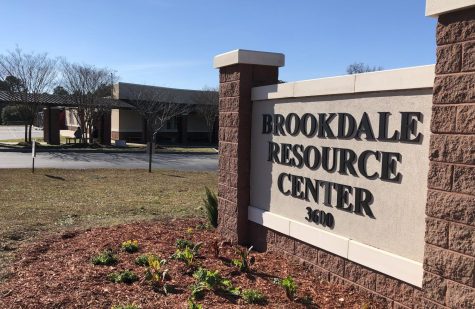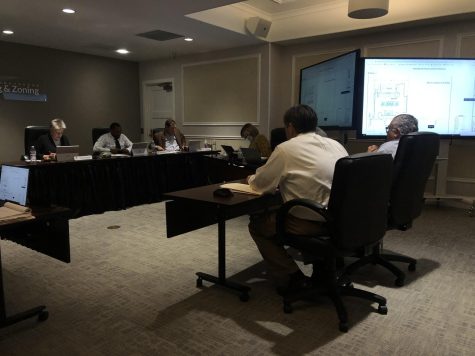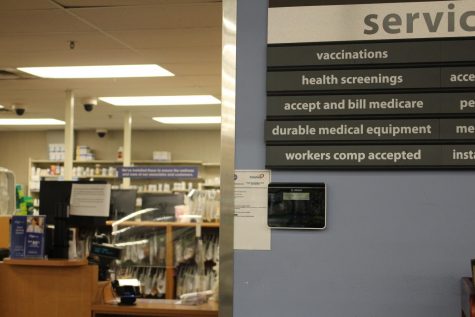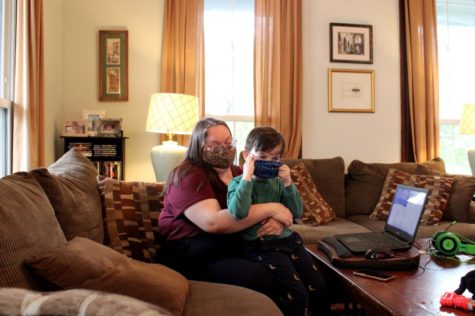How did the world move on after the 1918 Spanish Flu pandemic?
In the pages of the Telegraph in 1918, one headline read, “Influenza worse than ‘Hun’ bullets.” A 1918 statement from the Health Department advised gauze face coverings worn in every public space.
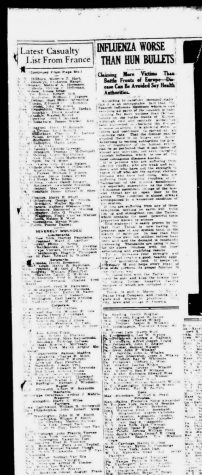
The COVID-19 pandemic is often labelled as unprecedented, but headlines from today looked the same nearly a century ago during the Spanish Influenza pandemic of 1918. Between 1918 and 1919, an estimated 50 million people worldwide died from the virus. David Davis, a professor of English and Southern Studies at Mercer, said that number could be conservative due to infections in places that didn’t keep medical records at the time. The real toll, Davis said, could have been around 100 million deaths — Almost ten percent of the world’s population in 1918.
According to Johns Hopkins University, 675213 people have died worldwide from COVID-19. The coronavirus pandemic has been one of the worst public health crises in history, but it hasn’t reached the levels of the Spanish flu in 1918. Despite its destruction, Davis said the U.S. learned little from the Spanish flu.
“What’s profoundly amazing about that particular incident is not just that it happened, or that it was so rapacious, or that it was so virulent, or that mortality rates were so high, but that everybody forgot about it,” Davis said.
Davis said forgetting the Spanish flu could be due to a number of factors including that the Spanish flu coincided with the first world war, which occupied the political and social economic focus of the country.
“Most people died personally, of a virus, they didn’t die as part of a war movement, or they didn’t die as part of a major collective event,” Davis said. “It’s only when we begin to replicate that on a large scale that we see that, no, actually this illness is a massive event.”
According to Davis, the Spanish flu should have been a boon to navigating the coronavirus. Yet headlines from the period suggest history is repeating itself.
“I think the fact that we forgot it has been crucially important to how we’ve responded to the COVID pandemic. We were unprepared in every possible way, partly because our political leaders left us unprepared, but partly because culturally we just didn’t have an analog available,” Davis said. “Which is, you know, highly ironic because there was an analog available.”
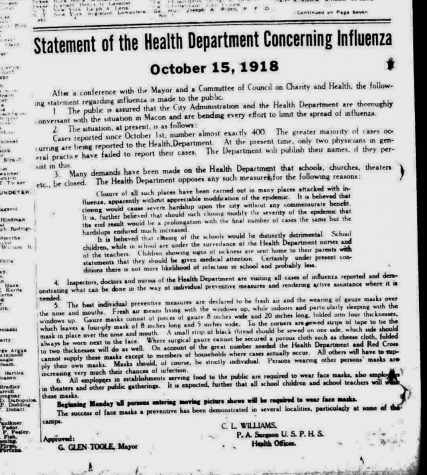
A key difference in the coronavirus and the Spanish flu is the political implications. With modern advancements in medicine and public health infrastructure, Davis said the current pandemic should have never happened. He said that the political failures in handling the coronavirus may change the course of history.
“We’re going to talk a lot about the people who were directly affected, but I think what’s going to be more profound in our historical consciousness is how amazingly we botched our response to this pandemic,” Davis said. “That’s the issue that historians are going to seize upon much more than the individuals who passed away.”
Although the Spanish flu pandemic was at the height of its second wave, stories in the Telegraph were printed further down the page, often under larger-print headlines about German military strategies or the “daily honor roll” of deployed soldiers.
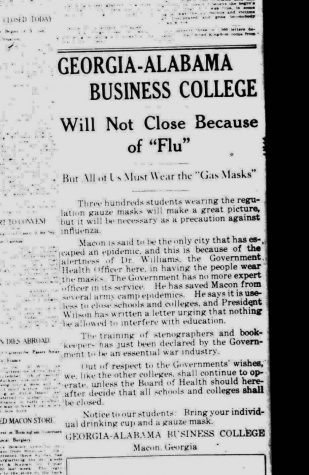
The Telegraph in 1918 discussed students at Wesleyan College returning to classes or the Georgia-Alabama Business College refusing to close and requiring masks. A health department advisory said closing schools would be detrimental.
Addressing demands to close theaters, restaurants and churches, the same advisory read, “It is believed that closing would cause severe hardship upon the city without any commensurate benefit.”
The question now, Davis said, is how the country can better preserve the memory of COVID-19. Moving on from the coronavirus may give the U.S. a second chance to learn from a disastrous pandemic.
“On a grand scale, how do you memorialize the people who die in a pandemic? It’s really a complicated and confusing question if we can afford to boil it down,” Davis said.





